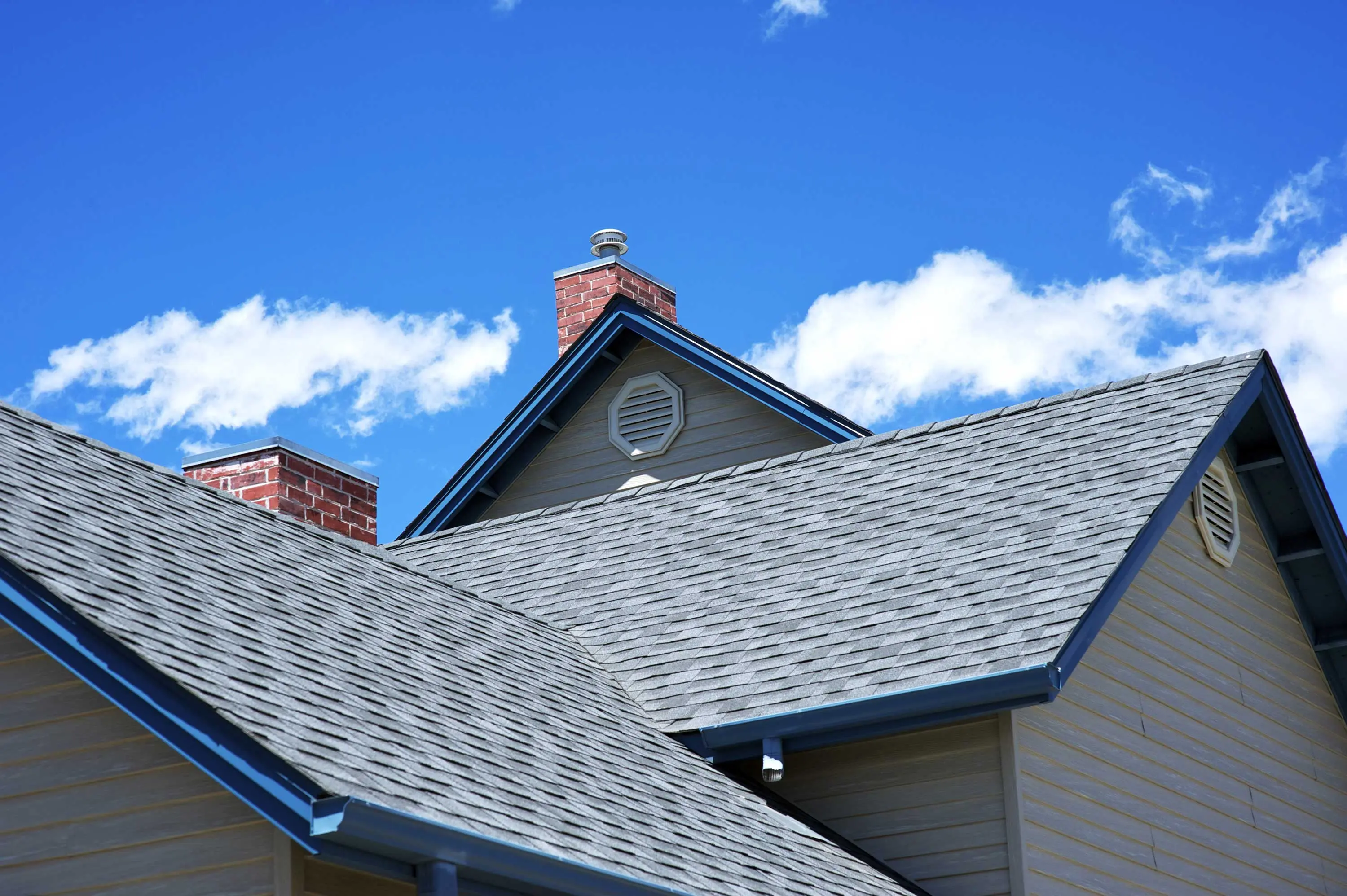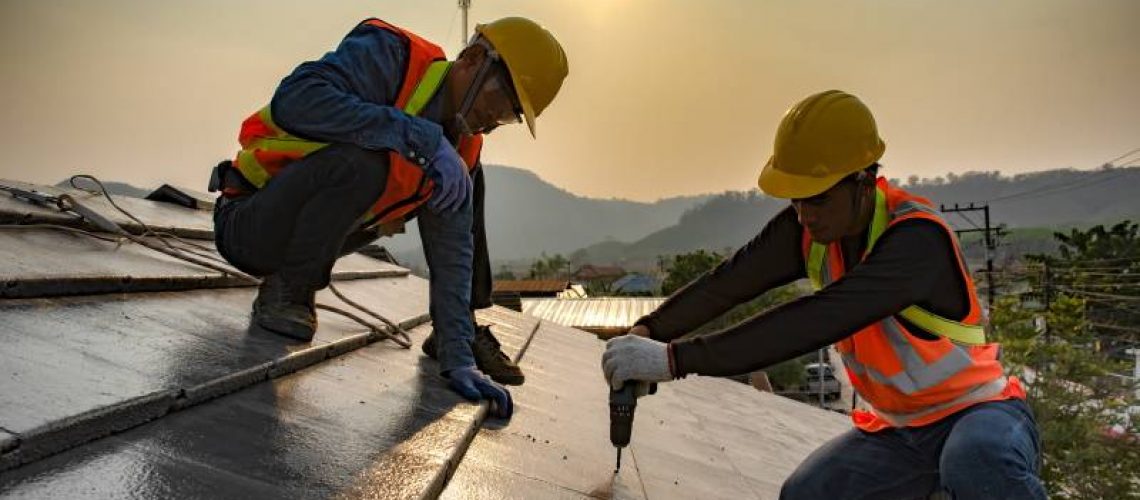Fast and Trusted Cuyahoga Falls Roof Repairs to Prevent Further Damage
Fast and Trusted Cuyahoga Falls Roof Repairs to Prevent Further Damage
Blog Article
A Comprehensive Guide to Effective Roof Flat Roof Covering Installation
The details of level roofing system installation need a thorough technique, starting with a comprehensive understanding of different level roofing types and the important materials needed for optimum efficiency. An effective setup pivots not only on the selection of materials however additionally on the prep work and implementation of each action entailed in the procedure.
Understanding Flat Roofing Kind
When considering flat roof coverings, it is vital to understand the various types offered, as each deals distinct benefits and negative aspects tailored to particular demands. One of the most common kinds of flat roofing systems consist of Built-Up Roof covering (BUR), Modified Asphalt, and Single-Ply membrane layers.
Built-Up Roofing includes multiple layers of asphalt and gravel, supplying exceptional durability and weather condition resistance. It is especially useful in areas susceptible to extreme weather conditions but may call for more maintenance due to its complex construction.
Changed Bitumen is a preferred selection for its ease of setup and versatility. It often employs a self-adhesive or torch-applied approach, which can be helpful for quick repair work and lasting performance. Nonetheless, its life expectancy can be much shorter compared to BUR.
Single-Ply membranes, including Thermoplastic Olefin (TPO) and Ethylene Propylene Diene Monomer (EPDM), are identified for their lightweight nature and power efficiency. These products are usually liked for industrial structures because of their cost-effectiveness and convenience of installment (Cleveland Roofing Specialists). They may not provide the exact same degree of insulation as other choices.
Each roofing kind requires mindful consideration based on environment, budget plan, and certain job requirements.
Important Materials for Flat Roofing
A variety of vital products are critical for the effective installation of flat roof covering systems. The choice of products directly effects durability, performance, and total efficiency.
One of the key materials is the roof membrane layer, which can be created from numerous compounds such as polycarbonate polyolefin (TPO), ethylene propylene diene monomer (EPDM), or PVC. Each kind uses special advantages, consisting of UV resistance and flexibility, which are vital for prolonged efficiency.
Along with the membrane, insulation products play a significant role in power efficiency. Stiff foam boards or polyisocyanurate insulation are preferred choices, as they offer outstanding thermal resistance and moisture monitoring.
Furthermore, roof covering adhesives and sealers are crucial for ensuring a watertight installation. These items should be suitable with the selected membrane layer to stop deterioration over time.
Getting Ready For Setup
Proper preparation is important for a successful flat roof covering installment, as it lays the groundwork for a reliable and resilient roof. Begin by carrying out an extensive examination of the existing roof framework. Look for signs of damage, including leakages, rot, or poor drain, which can jeopardize the new roofing system. Ensure that the underlying products are sound and can sustain the weight of the new roofing parts.
Following, gather all needed tools and products, making sure that they fulfill market standards. This consists of water resistant membrane layers, insulation, blinking, and fasteners. Acquaint yourself with the manufacturer's specs, as adherence to these guidelines is important for guarantee purposes.
Take into consideration climate problems; stay clear of installation during heavy rainfall or severe temperature levels, which can impact material performance. By taking these primary actions, you can improve the possibility of an effective flat roof covering installment that fulfills both architectural and aesthetic requirements.
Step-by-Step Installation Refine
With the groundwork developed with detailed prep work, the next phase involves performing the level roofing installation systematically. This step is vital for keeping the roofing's stability over time.
Following the vapor barrier installment, put down insulation boards, guaranteeing they fit firmly with each other to decrease thermal bridging. Protect the insulation with proper bolts based on the roof covering type and regional building regulations. Once the insulation is in place, it's time to apply the roof covering membrane layer. Relying on the chosen this post product-- such as TPO, EPDM, or changed asphalts-- install the membrane layer according to the manufacturer's specifications.
Ensure proper overlap at seams and sides to produce a watertight seal. Use adhesives, mechanical bolts, or warm welding as needed. Set up blinking around borders, vents, and any type of roof penetrations to boost waterproofing. After installation, perform a detailed inspection to identify any potential problems prior to ending the project, ensuring a trusted and durable level roof covering system.
Upkeep Tips for Durability
Routine upkeep is necessary to make sure the longevity and performance of a level roofing system. Among the key jobs is to carry out routine assessments at the very least two times a year, preferably in springtime and autumn. During these inspections, try to find indications of wear, such as sores, fractures, or merging water, which can suggest underlying issues.

Making certain proper drain is critical to protect against water accumulation. Examine and clear seamless gutters, downspouts, and scuppers to assure unhampered water circulation. Furthermore, examine seals around vents, skylights, and other penetrations for any kind of indicators of degeneration, applying caulk or sealer as needed to maintain a water tight obstacle.
Lastly, consider professional maintenance services every couple of years for comprehensive evaluations and repair work. By adhering to these upkeep tips, you can dramatically expand the life of your flat roof covering, guaranteeing it continues to be a trusted shield against the aspects.
Conclusion
Effective flat roof installation necessitates a methodical approach encompassing comprehensive assessments, material selection, and careful preparation. Adhering to the laid out actions throughout the setup procedure makes certain the appropriate application of roof membranes and insulation while improving waterproofing through efficient flashing installment.
The complexities of flat roof installation need a precise strategy, beginning with a detailed understanding of various level roofing types and the essential materials Learn More needed for optimal efficiency.Correct preparation is essential for a successful level roof installment, as it lays the why not try here groundwork for a durable and reliable roof system. After setup, conduct a comprehensive evaluation to determine any type of potential issues before concluding the job, making sure a reputable and durable level roof system.

Report this page